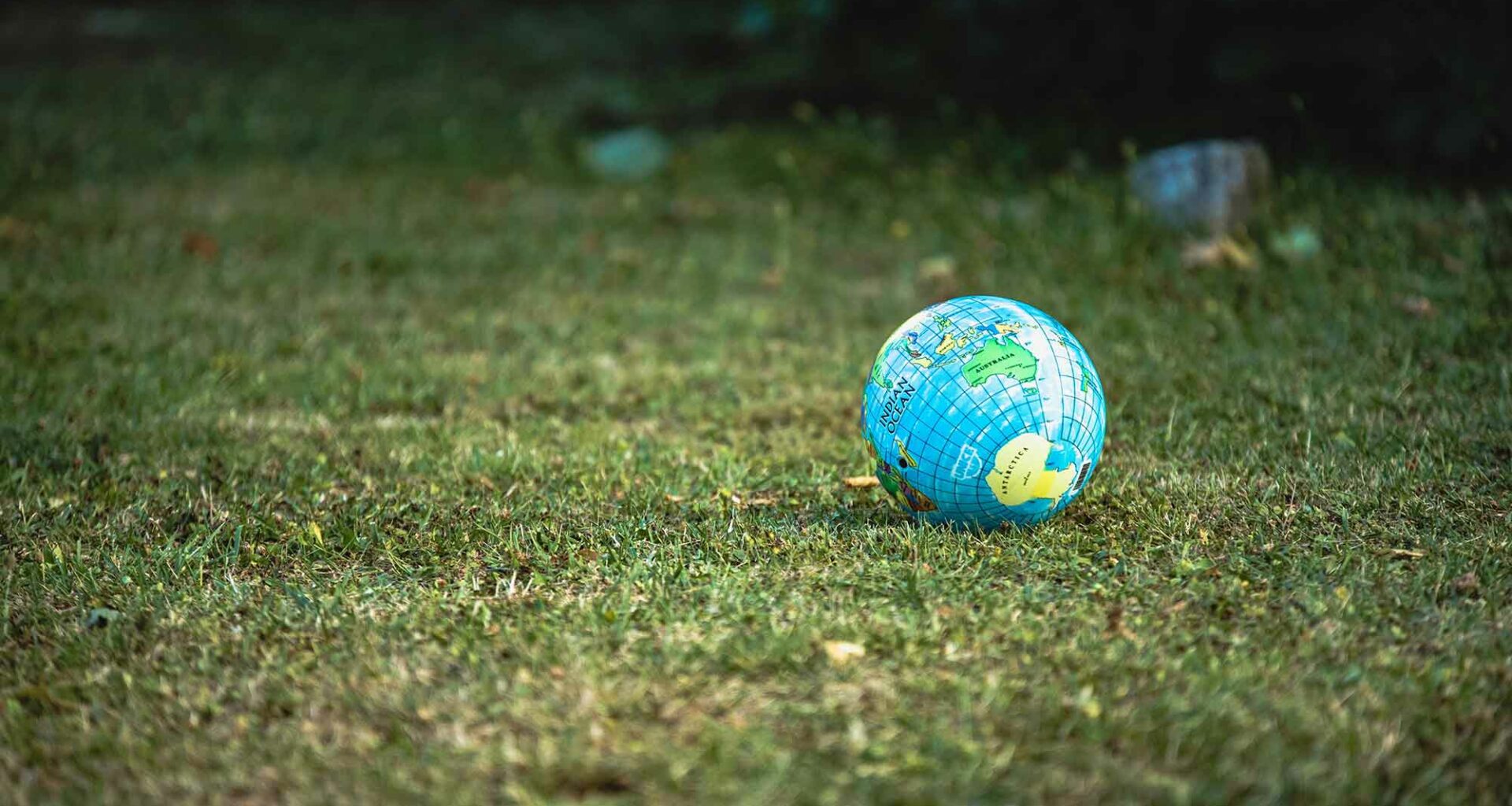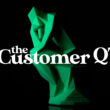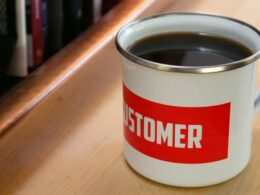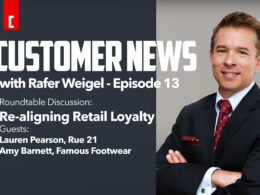By Robert Passikoff
Media theorist Marshall McLuhan noted, “There are no passengers on spaceship earth. We are all crew.” So? How are you enjoying the trip so far? Is it everything you expected? With the heat and the droughts and the fires and the rising sea levels. Everything you expected? Nah. Me neither.
“85% said, despite very sincere desires to support companies aligned with their sustainability expectations – they don’t know how to identify environmentally-friendly, sustainable brands.”
Sustainability fuels spaceship earth. Partly, anyway. In the abstract, sustainability seems like a good thing, right? There are things people can do. But what do you expect brands to do? I have some thoughts about that but felt it would be better to see what fellow citizens thought. The news is good(ish). In a survey of 8,000 U.S. adults, and despite pressures of inflation, 72% said they were willing to pay more for sustainable products versus less-sustainable competitors. That’s good.
But while these consumers expressed a real “Go Team Earth” spirit, it came with very high expectations related to delivering on sustainability. Gen Z and Millennials have the highest expectations about brands doing something meaningful about sustainability. Gen X isn’t far behind. Baby Boomers and older consumers had lower expectations than the other age cohorts. But even those were significantly higher than most brands when it comes to meeting sustainability expectations. But that’s good news too because sustainability is, a good thing to do. Or be. Or something.
I say, “or something,” because the sustainability concept is both broad and imprecise. Broad, because it’s commonly described as something having to do with the environment – climate change eco-friendly stuff. Recycling, composting, and walking instead of driving. Imprecise, because 85% said – despite very sincere desires to support companies aligned with their sustainability expectations – they don’t know how to identify environmentally-friendly, sustainable brands, or what companies do about being sustainable, so they could gauge how well they measure up to their expectations. That’s not as good a thing since consumers are willing to pay more for more demonstrably-sustainable brands.
As a researcher I am confident in saying, insights depend on the questions you ask. So, in another survey among consumers who said they wanted to buy sustainable brands, only half actually did, which is not a good thing. Research should measure what consumers are going to do, not what they say they’re going to do. There are big differences between 10-point agreement scales and behavior. And expectations point you in the direction of what consumers are going to do.
In that last survey I referenced there was a follow-up question that should have been asked but wasn’t. “Why? Why didn’t you buy something from the brand that was advocating sustainability?” The answer for virtually everyone was, “I wasn’t precisely certain what they were doing. I wasn’t clear how those ‘carbon offsets’ thingies were doing anything for sustainability. How could I really know the brand was doing something consequential?” Oh, and here’s one of my favorites, “I couldn’t tell what they said they were doing had anything to do with sustainability.”
Having consumers think stuff like that is worse. Sure, sometimes a brand’s sustainability position is right there on the label. Except only 5% of consumers read labels beyond the brand name. And yeah, there are a few brands known for sustainability. Like Patagonia. And Ben & Jerry’s, and 7th Generation and. . . well, top-of-mind names kind of taper off after those.
Maybe, just maybe some of the other “sustainable” brands out there ought to actually find a way to advertise their efforts. Not greenwashing. And not “all sizzle and no steak” stuff. No, real advertising that engages and entertains and communicates how the brand is truly sustainable. Oh, and preferably something you don’t need a Super Bowl or World Cup excuse to produce. Something you’d be likely to see watching a regular TV show or a streaming video. Like the one a colleague sent me.
Probably not a brand with which you’re familiar – it’s French. And before you get all huffy about how Americans and world’s best advertising, I’d like to remind you, the French have given us a lot. The Louisiana Purchase, the Statue of Liberty, croissants, French fries, French toast, pasteurized milk. OK, a lot of food. But also some really wonderful advertising and, in this instance, a roadmap of how to effectively meet expectations when it comes to sustainability. It comes from the ad agency Rosa Paris, and it’s for Ouigo, France’s affordable train network, their campaign promoting more sustainable travel.
There’s a link to the advertising below, but before you look at it, I’d like to revisit the issue of expectations. Yes, most consumers expect brands to be sustainable or working towards sustainability, and, sure, there are probably lots of U.S. companies that have lots more money than Ouigo for production costs. But to meet expectations you have to know what those expectations are and which emotional values to leverage and how to present them. Which is what Rosa Paris and Ouigo have done. They took slices of French life and showed how consumers can use less water, save electricity, and reduce pollution, and how greener choices (like Ouigo’s low-cost travel) are accessible and cost-effective. Oh, and sustainable. Ta-dah!
You can watch the ad here. If there are any U.S. versions like this out there, pass them along. I haven’t seen a lot of ads like this on American TV and you brand managers out there ought to be urging your agencies to do more work like Rosa Paris’. All you need are accurate measures of consumer expectations as they relate to your category and your brand.
As to the environment and sustainability specifically, If you’re expecting someone else is going to save the planet, I’m afraid you’re going to be really disappointed.













